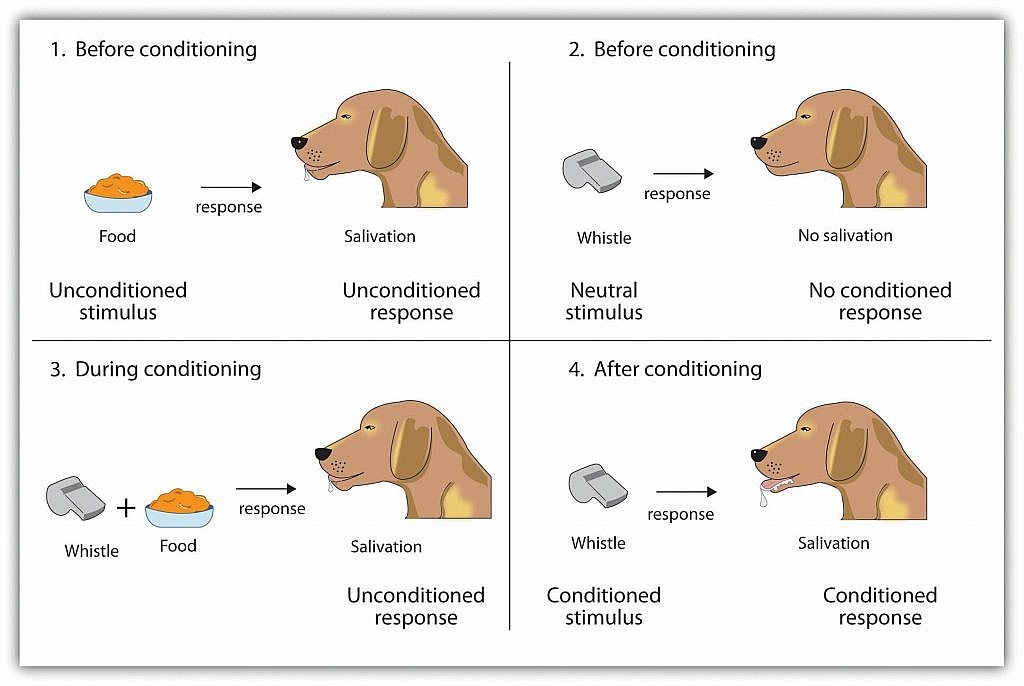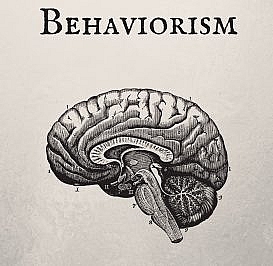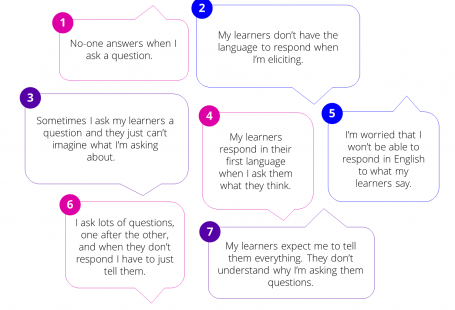Behaviorism: All actions are taught by contact with the environment through a process known as conditioning, according to behaviorism, also known as behavioral psychology. As a result, behavior is nothing more than a reaction to external stimuli.
Merely observable stimulus-response behaviors are of interest to behaviorists as they can be researched in a systematic and observable way.
In 1913, John Watson published an article titled “Psychology as the Behaviorist Views It,” in which he outlined a number of basic assumptions about methodology and behavioral analysis.
1-) Environment
To the exclusion of innate or hereditary variables, behaviorism stresses the significance of contextual influences in affecting behavior. This ultimately equates to an emphasis on learning. We learn new behaviors through classical or operant conditioning. As a result, when we are born, our minds are blank slates.
2-) Observable Behavior
While behaviorists frequently recognize the presence of cognitions and emotions, they choose not to investigate them because only observable (i.e., external) behavior can be accurately and scientifically examined. As a result, internal activities such as thinking should be described using behavioral language (or eliminated altogether).
3-) No difference in learning between animals and humans
Human and animal behavior have no essential difference. As a result, research may be conducted on both animals and people. As a result, because their settings could be readily controlled, rats and pigeons became the principal source of data for psychologists.
4-) Stimulus-Response
The stimulus-response principle predicts holds that a stimulus will generate a response by either combining a reaction with a reflecting trigger or rewarding a response in the existence of a stimulus. All behavior, regardless of complexity, may be reduced to a mere stimulus-response relationship. Watson defined psychology’s goal as follows:
‘To forecast, given a stimulus, what reaction will occur; alternatively, given a reaction, identify what condition or stimulus generated the reaction.’
Classical Conditioning
Pavlov, a Russian scientist, came up with classical conditioning as a method of learning by association. To simply put, two stimuli are combined to form a new learned response in a human or animal. Pavlov’s research with dogs, who salivated in response to a ring tone, is the most renowned example of classical conditioning. Pavlov demonstrated that by sounding a bell each time the dog was fed, the dog learned to identify the noise with the presentation of the food. Depending on Pavlov’s studies, John Watson suggested that the process of classical conditioning might explain all elements of human psychology.
Although the consequences of classical conditioning in the school are less significant than that of operant conditioning, instructors must nonetheless strive to ensure that students link good emotional experiences with learning. If a pupil links unfavorable emotional events with school, this may obviously have harmful consequences, such as the development of a school phobia. For instance, if a child is mistreated at school, he or she may develop a phobia of the school. It might also explain why some individuals have a persistent aversion to specific courses throughout their academic careers. This might occur if a teacher humiliates or punishes a pupil in class.

Operant Conditioning
Operant conditioning is a learning approach that utilizes rewards and penalties for behavior. An association exists between a behavior and a consequence (negative or positive) through operant conditioning.
For instance, when lab animals press a lever while green light is on, they are rewarded with food. When lab animals press a lever while green light is on, they are rewarded with food. They get a minor electric shock if they press the lever when the red light is on. As a consequence, they are taught to press the lever while the green light is on and avoid pressing it when the red light is on.
Reinforcement is defined as any occurrence that reinforces or enhances the behavior that occurs as a result of it. Reinforcers are classified into two types. In each of these reinforcement scenarios, the behavior improves.
Punishment is the presentation of a negative event or outcome that results in a reduction in the behavior that follows. Punishment is classified into two types. In each of these circumstances, the behavior becomes less apparent.
While behaviorism has lost most of its power in the early twentieth century, operant conditioning continues to be an essential and often utilized method in the learning and behavior modification process. Natural consequences might sometimes cause us to modify our conduct. In other cases, incentives and punishments may be purposefully administered in order to effect change.
Behaviorism in Education
The behavioral learning paradigm is critical in the classroom for knowing how to inspire and assist pupils. When teachers respond to the appropriate stimuli, information is passed from teachers to students. Students are passive observers in behavioral learning; teachers provide the knowledge as part of the stimulus-response cycle. Teachers utilize behaviorism to teach pupils how to behave and respond to various stimuli. This must be done on a frequent basis to remind pupils of the behavior that a teacher is looking for.
The importance of positive reinforcement in behavioral learning theory cannot be underestimated. Students will rapidly abandon their replies if they do not appear to be functioning without positive reinforcement. For instance, if students are to receive a sticker when they obtain an A on a test and teachers discontinue providing that positive reinforcement, fewer kids may get A’s on their tests since the behavior is no longer associated with a reward for them.
The behavioral learning hypothesis is based on repetition and positive rewards. Teachers frequently struggle to find the right balance between repeating the situation and providing positive reinforcement to teach students why they should persist in the behavior.
Motivation is crucial in behavioral learning. Students might be motivated by both positive and negative reinforcement. A student who gets praise for a high test score, for example, is far more likely to memorize the answers successfully than a student who does not get praise for a good test score. The student who obtains no appreciation is subjected to negative reinforcement—their brain is telling them that even if they had a decent mark, it didn’t make sense, therefore the exam content becomes meaningless to them. Students who receive positive reinforcement, on the other hand, see a clear line to continued performance, which is entirely dependent on that response to a good stimulus.
A Critical Evaluation of Behaviorism
Many opponents say that behaviorism is a one-dimensional method for analyzing human behavior, and that behavioral perspective ignores free will and interior influences such as thinking, and sentiments.
Please feel free to contact me if you need any further information.




